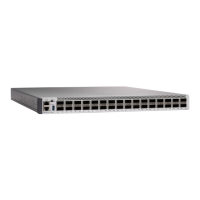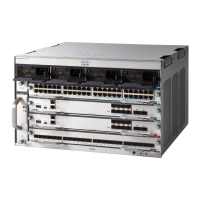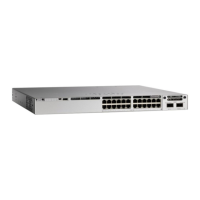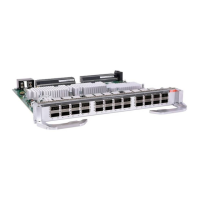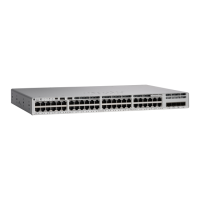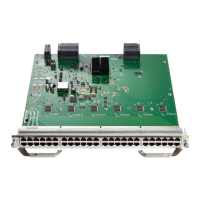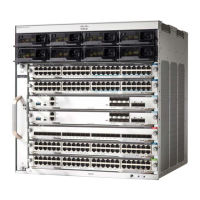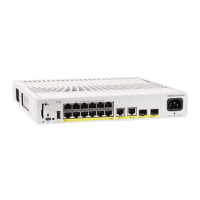PurposeCommand or Action
Creates a new directory. Directory names are
case sensitive and are limited to 45 characters
mkdir directory_name
Example:
Step 2
between the slashes (/); the name cannot contain
Device# mkdir new_configs
control characters, spaces, slashes, quotes,
semicolons, or colons.
Verifies your entry.dir filesystem:
Example:
Step 3
Device# dir flash:
Removing Directories
To remove a directory with all its files and subdirectories, use the delete /force /recursive filesystem:/file-url
privileged EXEC command.
Use the /recursive keyword to delete the named directory and all subdirectories and the files contained in it.
Use the /force keyword to suppress the prompting that confirms a deletion of each file in the directory. You
are prompted only once at the beginning of this deletion process.
For filesystem, use flash: for the system board flash device. For file-url, enter the name of the directory to be
deleted. All of the files in the directory and the directory are removed.
When directories are deleted, their contents cannot be recovered.
Caution
Copying Files
To copy a file from a source to a destination, use the copy source-url destination-url privileged EXEC
command. For the source and destination URLs, you can use running-config and startup-config keyword
shortcuts. For example, the copy running-config startup-config command saves the currently running
configuration file to the NVRAM section of flash memory to be used as the configuration during system
initialization.
You can also copy from special file systems (xmodem:, ymodem:) as the source for the file from a network
machine that uses the Xmodem or Ymodem protocol. SSH File Transfer Protocol (SFTP) is also another
option to copy switch configuration or image files. For more information, refer the Configuring SSH File
Transfer Protocol chapter of the Security Configuration Guide.
Network file system URLs include ftp:, rcp:, tftp:, scp:, http:, and https: and have these syntaxes:
• FTP—ftp:[[//username [:password]@location]/directory]/filename
• RCP—rcp:[[//username@location]/directory]/filename
• TFTP—tftp:[[//location]/directory]/filename
• SCP—scp:[[//username [:password]@location]/directory]/filename
• HTTP—http:[[//username [:password]@location]/directory]/filename
System Management Configuration Guide, Cisco IOS XE Amsterdam 17.2.x (Catalyst 9500 Switches)
286
Working with the Flash File System
Removing Directories
